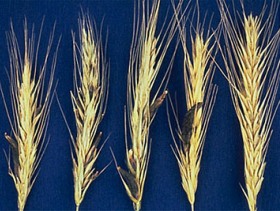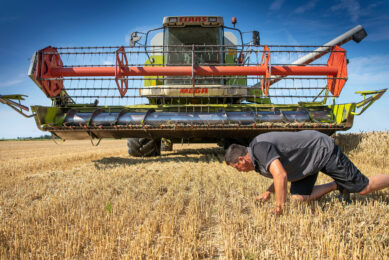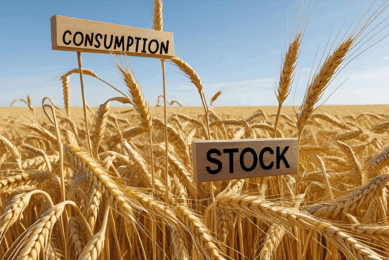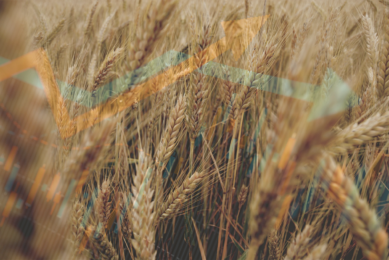Ergot still present in many feed stuffs

Researchers of the Ghent University in Belgium were granted by EFSA to carry out a study on ergot alkaloids in cereals intended for human consumption and animal feeding. Recently the outcome was presented.
Ergot alkaloids are mycotoxins produced by fungi of the Claviceps Genus, mainly by Claviceps purpurea. Infections are mostly prevalent in cereals and wild grasses.
After the infection is established, the fungus replaces the developing grain or seed with an alkaloid-containing wintering body called sclerotium or ergot.
The alkaloid composition of sclerotia varies largely, depending on the maturity of the sclerotia and on other factors such as the fungal strain, the host plant, the geographical region and the prevailing weather conditions. The danger posed by ergot alkaloids has been well known for centuries.
Cleaning only helps partially
Although nowadays effective cleaning procedures at mills allow removing up to 82 % of ergots from grain, ergot alkaloids can still be found in feed and food commodities, sometimes at relatively high levels.
The report “Survey on ergot alkaloids in cereals intended for human consumption and animal feeding”, is the result of analyses carried out to obtain representative data on the occurrence of the six most prominent ergot alkaloids (ergometrine, ergotamine, ergosine, ergocristine, ergokryptine and ergocornine) in rye, wheat and triticale food and feed samples in Europe, using a validated multi-toxin analytical method.
Methodology
A total of 803 samples of cereals and cereal products intended for human consumption and animal feeding were analysed for the presence of ergot alkaloids.
Samples were collected between August 2010 and May 2011 in 13 European countries including Belgium, Czech Republic, Denmark, Finland, Germany, the Netherlands, Poland, Switzerland, Estonia, France, Sweden, Italy and the United Kingdom.
The samples comprised 148 rye feed, 182 rye food, 137 wheat feed, 127 wheat food, 27 triticale feed samples collected in mills (mainly harvest 2010 and to a lesser extent harvest 2009) as well as 182 food products collected in Belgian shops.
The samples from the Belgian shops included different countries of production and different types of products namely rye bread (19 samples), rye flour (21), wheat bread (21), wheat flour (22), wheat bran (18), biscuit (30), crispbread (8), multigrain bread (17), multigrain flour (14) and multigrain flakes (12).
All the samples were analysed using a sensitive liquid chromatography-tandem mass spectrometry (LC-MS/MS) method, validated for the target matrices and that allows the simultaneous determination of the most prominent ergot alkaloids i.e. ergometrine, ergosine, ergotamine, ergocornine, ergokryptine, ergocristine as well as their corresponding epimers.
Results
Ergot alkaloids were present in 52% of rye feed, 95% of rye food, 34% of wheat feed, 86% of wheat food, 48% of triticale feed and in 76% food products from the shops at total alkaloid levels ranging from 1 to 12,340 μg/kg.
Though the highest frequencies of contamination were observed for food samples, the feed samples and in particular the Swiss rye feed accounted for the highest levels of ergot alkaloids.
Conclusions
The researchers concluded that the data variability is greater in feeds (unprocessed samples) compared to foods (processed samples).
The greater complexity to obtain representative samples for feed during this one year survey can partially be accounted for this observation.
Furthermore the study showed that the ergot alkaloid patterns and the alkaloid levels found in samples are dependent on the cereal type and on the processing (such as milling).
The current data indicate that a combination of 2 or 3 ergot alkaloids is required to achieve a correlation between the individual ergot alkaloid contents and the total alkaloid levels.
Although the survey was only carried out on one harvest year the scientists think that the study could be used to carry out a preliminary risk assessment on ergot alkaloids in food and feed.











